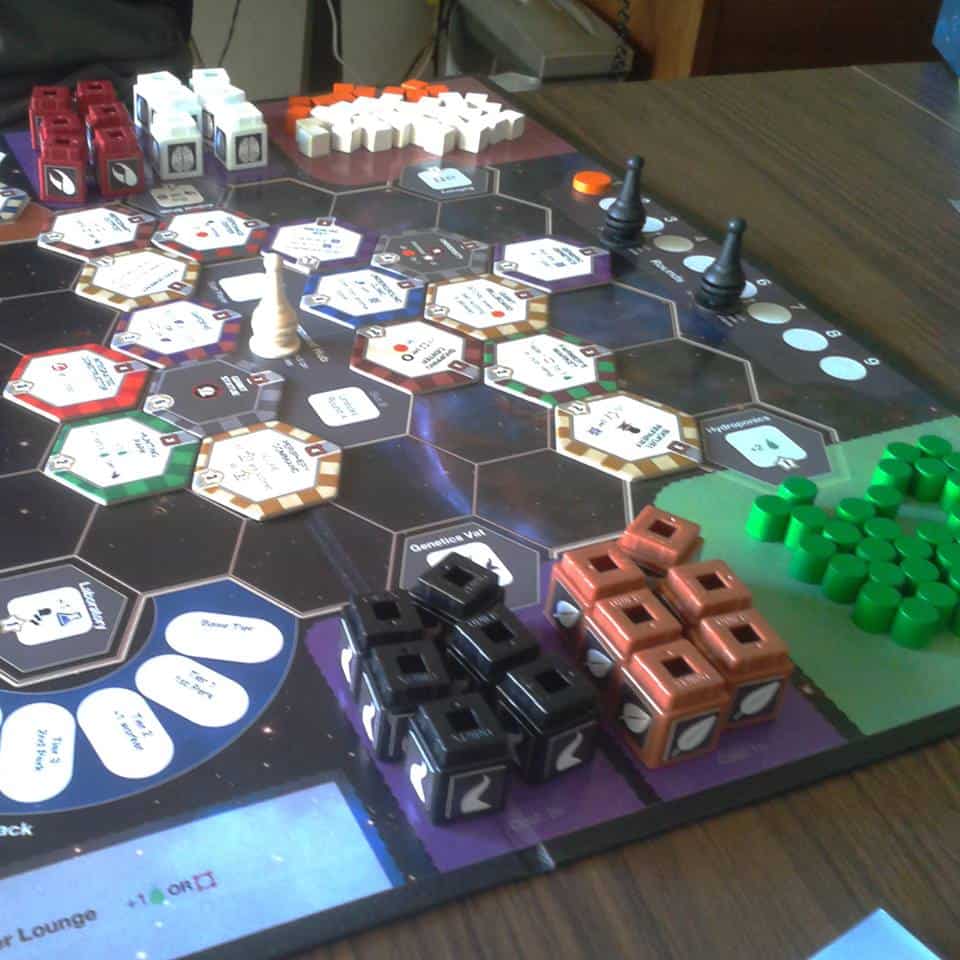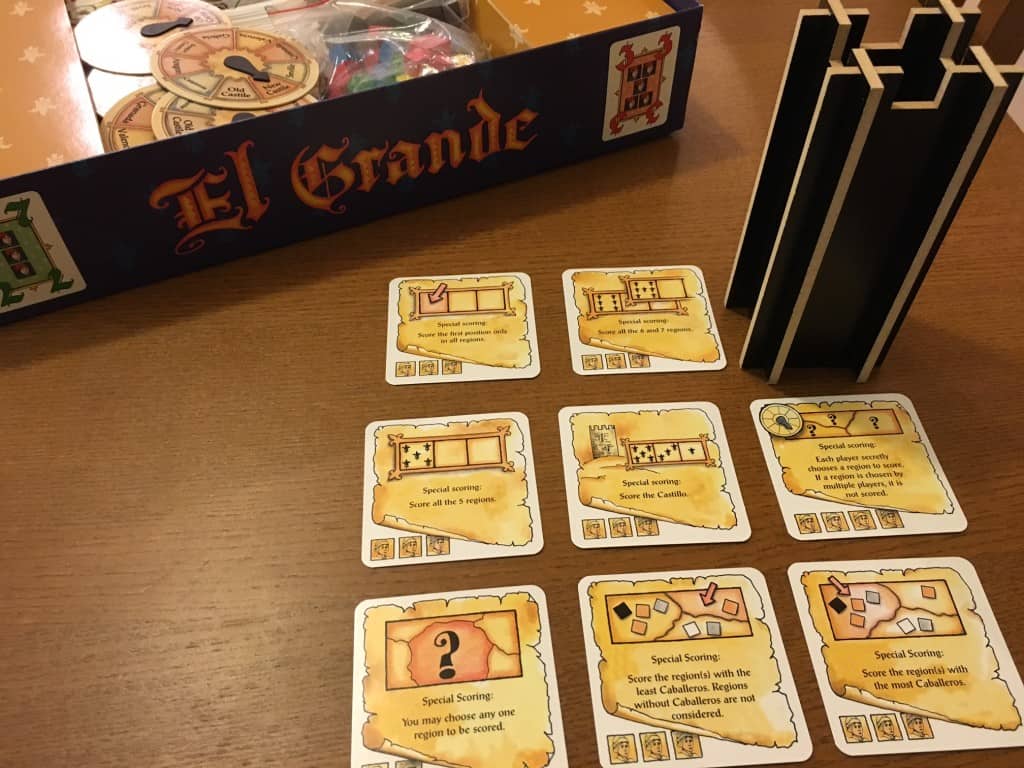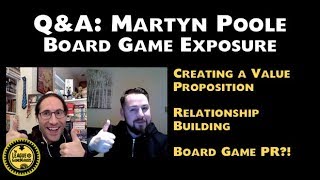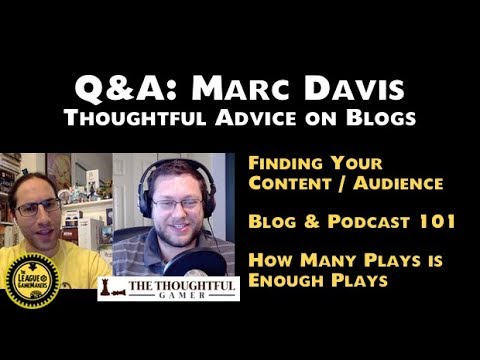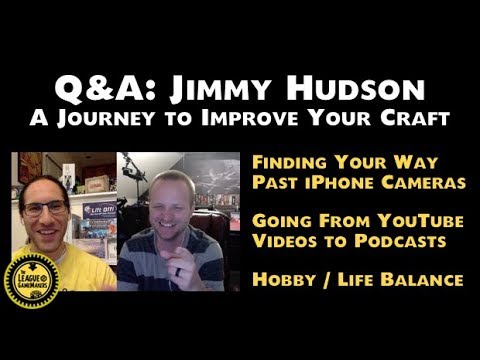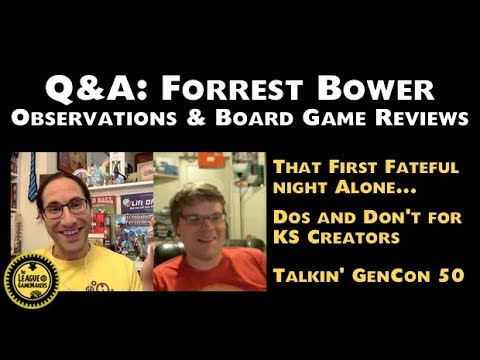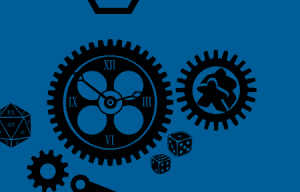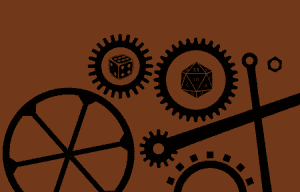
If you want to get your game design out of your basement and into the real world, you will at some point need to speak to someone. Imagine these situations:
- Pitching your game to a publisher
- Presenting in front of judges in a contest
- Filming a how-to-play video for Kickstarter
- Teaching playtesters how to play
The sad truth with all of these scenarios is that, regardless of the quality of your game, your presentation of the game will have a tremendous impact on the listeners’ reception of it.
I’m not saying that a silver-tongued presentation will right a host of flaws in a poorly-designed game, or likewise that your brilliant mechanics will never be appreciated amidst your bumbling verbal butchery. But a few public speaking basics will go a long way, and you’ll need to brush up a little if you’re going to do your game justice.
FORGET I SAID “PUBLIC SPEAKING”
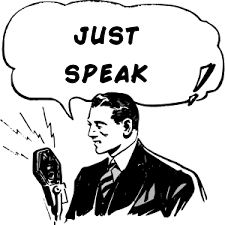
We’re fine and natural talking to friends. Where is that comfort when we’re public speaking? The discomfort comes from focusing more on the “public” rather than simply on the “speaking”. You are the world’s top expert on your own game. Anyone in the position of listening to you talk about the game is already interested in what you have to say. Just have a conversation.
YOU ARE THE WORLD’S TOP EXPERT ON YOUR OWN GAME.
KILL THE CAVEATS
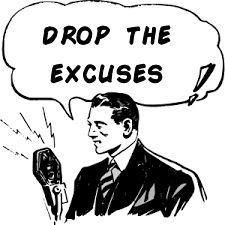
It only takes less than a minute for your listeners to form their initial judgments about what you are saying and presenting. And if their first impressions are negative, it’s almost impossible to turn it around. That understood, why would you start your presentation with thirty seconds of “I know the art’s not very good yet, but…” “I’m a little nervous, so…” “This is my first game design, so…” “I know you don’t typically like this type of game, but…”?
Well, actually, I know why we do that. We think that by addressing what we assume the person is already thinking, we are helping the person get over that distraction and move onto what we really want to say. But offering these caveats and excuses does just the opposite! If they were thinking about it, your admittance makes it even more true in their minds. If they weren’t thinking it (which is more likely), well… now they are.
So, drop the excuses. Kill the caveats. Start strong and confident.
ELIMINATE YOUR DISTRACTIONS
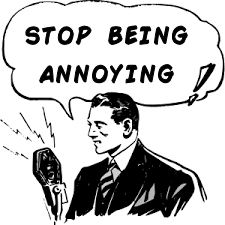
I don’t mean the things that distract you. You often cannot control those things. I mean eliminate the things you are doing that are distracting the people trying to listen to you. You may need to film yourself first, or ask a close friend for help identifying some bad habits of yours. Ideas include, but are not limited to:
- brushing hair out of your eyes (Solution: get a haircut, or clip or tie it back)
- playing with jewelry (Solution: when speaking, don’t wear jewelry that dangles, or that you are tempted to touch)
- clearing your throat (Solution: drink water before, and even during (in moderation) the presentation)
- licking your lips (Solution: water, again, or maybe lip balm)
- saying “um” (Solution: no easy solution. This is hard. Occasional “ums” are okay and not distracting. But to cut down on them, just try to say nothing in between thoughts. It may sound like long awkward silence to you, but it’s too short to be noticeable to anyone else. And don’t underestimate the power of preparation to eliminate “um” moments!)
MAKE SOME EYE CONTACT
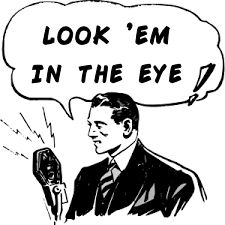
There are two major reasons eye contact is important. (1) Keep drawing listeners in. (2) Monitor their connection.
Keep eye contact with one person just a couple seconds at a time before looking elsewhere. You don’t want to freak anyone out by staring too long. When you make eye contact with someone, they are reminded that this is a two-way street, and that they need to keep paying attention. No one really wants to be that person who is caught not paying attention.
By looking at your listeners periodically, you can better determine if what you’re saying is resonating with them. If they are glazing over when you are showing them what all of your characters’ variable powers are, maybe you should move on to something else.
SMILE
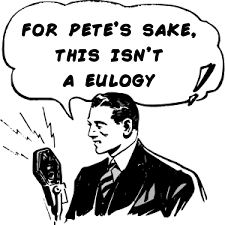 Do you even like your game? Sometimes, judging by your face when you talk about it, it doesn’t look like you do. Just smile. Two things will start to happen. (1) You will look like you are excited about your game, and that excitement will rub off on your listeners. (2) Your vocal inflections will sound more interesting and less monotonous.
Do you even like your game? Sometimes, judging by your face when you talk about it, it doesn’t look like you do. Just smile. Two things will start to happen. (1) You will look like you are excited about your game, and that excitement will rub off on your listeners. (2) Your vocal inflections will sound more interesting and less monotonous.
JUST SMILE.
Also, smiling will simply give people the impression that you are a friendly, approachable person. Someone the publisher would like to work with. Someone a Kickstarter backer would like to support. Someone that isn’t thinking of ways to kill me if I don’t like the game.
And honestly, that’s pretty much it. That’s Public Speaking for Game Designers 101. When have you found yourself in a position where you needed to speak about your game? How did it go? Love speaking? Hate it? Let’s continue the conversation!

